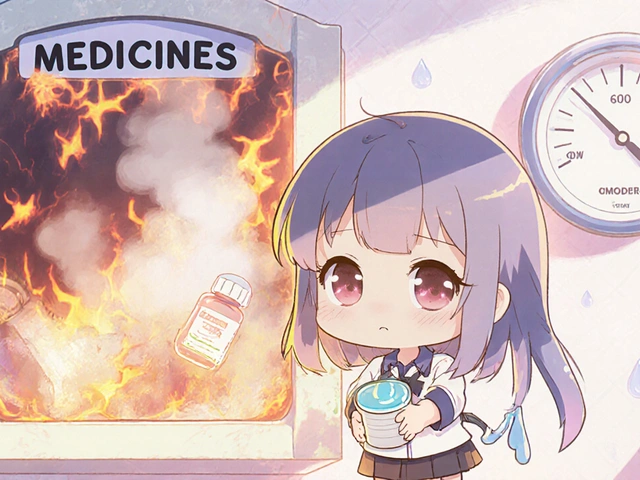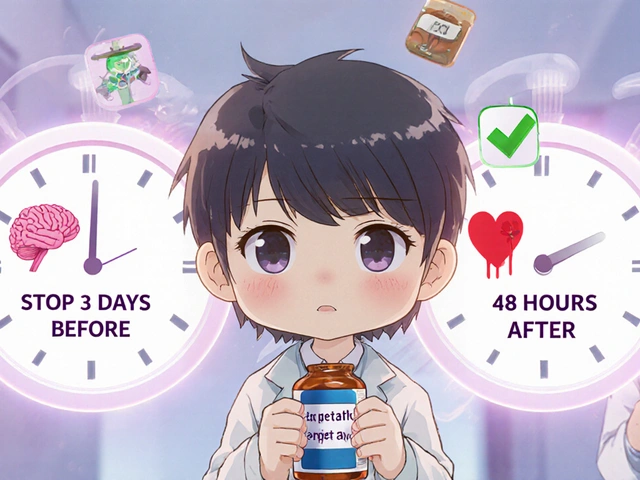Tobramycin: What You Need to Know
Tobramycin is an antibiotic that fights serious bacterial infections. It’s part of a group called aminoglycosides that prevent bacteria from producing the proteins they need to survive. This medication is usually prescribed for infections caused by tough-to-treat bacteria, including those affecting the lungs, skin, and urinary tract.
Doctors often use tobramycin to treat infections like pneumonia, bloodstream infections, or even severe cystic fibrosis cases. The drug can come in different forms: injections, eye drops, ear drops, or inhaled solutions, depending on the infection’s location. That’s why understanding how to use it correctly is crucial for the best results and to avoid problems.
How Tobramycin Works and When to Use It
Tobramycin kills bacteria by sticking to their ribosomes, messing up protein production. Without proteins, bacteria can’t grow or repair themselves, so they die off. It’s particularly effective against Pseudomonas aeruginosa, a common culprit behind hospital infections.
If your doctor prescribes tobramycin, you’ll usually be on it for a short but intense course of treatment. The dosage depends on your infection type, severity, age, and kidney function. Since tobramycin can affect your kidneys and hearing, your healthcare provider might order regular blood tests to monitor these safely.
Safety Tips and What to Watch Out For
One thing to remember: never skip doses or stop taking tobramycin without talking to your doctor. This antibiotic needs to be given the full course to completely clear the infection and prevent resistant bacteria from developing.
Side effects can include kidney issues, dizziness, or ringing in your ears, so keep your doctor informed if anything unusual happens. Using the medicine right and staying hydrated can help reduce risks.
Also, don’t mix tobramycin with certain other medications, especially other drugs that affect kidneys or hearing. Always tell your doctor about all medicines and supplements you’re taking.
Tobramycin is a powerful tool when dealing with specific infections, but it’s vital to use it carefully and under strict medical advice. Understanding its role, benefits, and risks helps you handle your treatment with confidence and care.
Tobramycin and Tuberculosis: Surprising Benefits and Emerging Science

Explore how tobramycin, a well-known antibiotic, could play a surprising role in treating tuberculosis. This in-depth article breaks down current research, the science behind tobramycin’s effects, and real-world tips for patients and healthcare providers. Get clear answers on safety, drug resistance, and the future of TB treatment. If you’re interested in the fight against drug-resistant infections, you’ll find this a must-read. Science, statistics, and practical advice come together in this comprehensive resource.
read more



